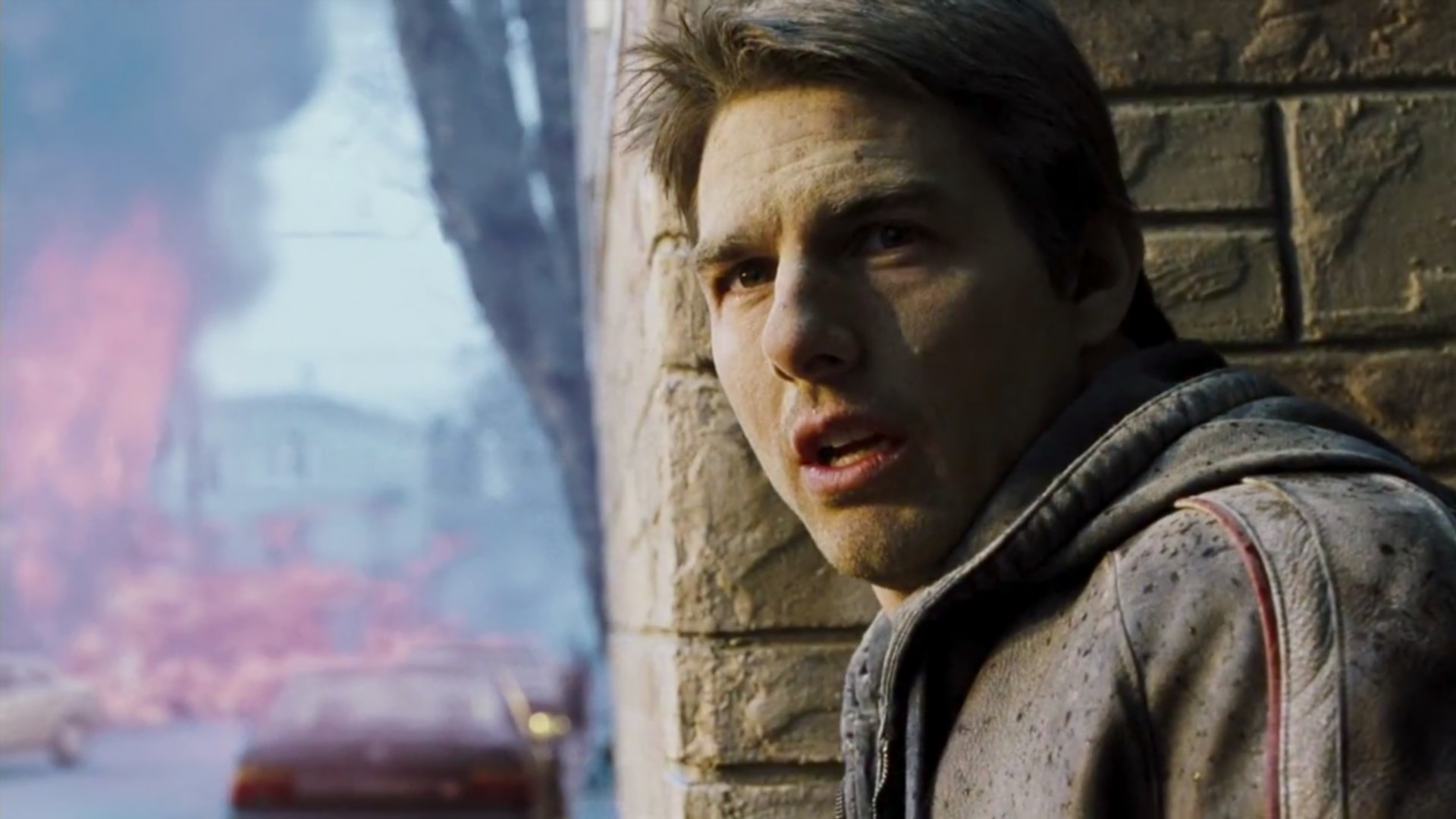
British author, journalist and historian Herbert George Wells is often referred to as the Father of modern science fiction; a bold and grandiose title that is, to his fans and scholars, by no means an overstatement. There is little debate that the man was a true literary genius – imaginative and prophetical, yet modest and nuanced, and a keen socialist thinker. Very fortunately, he is one of the few artists to be appreciated in his own era despite being decades ahead of it.
H.G. Wells popularized many remarkable concepts and ideas that are now permanently ingrained and extremely commonplace in the current landscape of science fiction. Subsequent stories that deal with time travel, invisibility, eugenics and alien invasion all owe a great deal to Wells’ wondrous novels, and due to his enormous resonance, many of those iconic stories have consequently never been out of print.
Throughout the past 100 years, echoes of Wells can be recognized in a variety of art forms, most notably and abundantly in the realm of cinema. Some of the greatest minds in filmmaking have evidently been attracted to his writings, and many have seen fit to adapt and even modify them.
Between Georges Méliès’ famous A Trip to the Moon, which combined the writings of Wells and Jules Verne, to Steven Spielberg’s disaster film take on War of the Worlds a century later, the work of Wells has been quite constant on the silver screen. Here are but a selection of these efforts, which are notable for adapting the stories, yet are somehow unique and intriguing in their own right.
10. The Time Machine (2002)
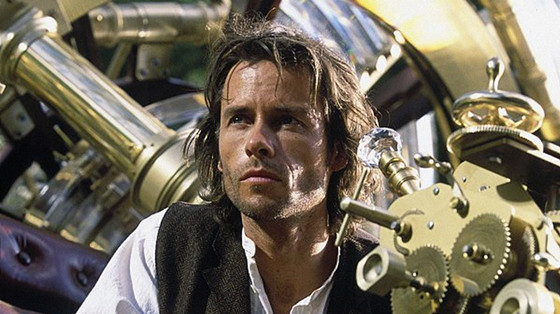
Retaining a basic but loose framework of the novella, including its Victorian starting point, Guy Pierce’s absent-minded yet likeable scientist Alexander Hartdegan zooms into the distant future in his Steampunk-esque time machine, in the hopes of finding temporal enlightenment following a personal tragedy. He ultimately reaches the year 802701, and aids the friendly Eloi against humanity’s monstrous offshoot – the predatory Morlocks.
Though not an entirely dull affair, the second cinematic offering of The Time Machine suffers from a fair string of flaws. The film justly sees fit to update the dramatic elements of the book, however seriously falters after Pierce reaches the distant future. In the latter half of the film we are quite suddenly hit with several distracting defects; including thin character-relationships, half-baked ideas and concepts, as well as a tenuous performance from Samantha Mumba and the useless inclusion of her brother.
At a more pedantic level, the film contains further faults already scorned by critics and Wells purists; like the temporal paradox explained by Jeremy Irons’ Uber-Morlock, as well as a bizarre meta-reference to Wells and his novella after Hartdegan reaches 2030.
Although these defects certainly outweigh the qualities, some elements are rather pleasing. The aforementioned motivation for Pierce’s journey is a welcome, if underdeveloped addition; the musical score by Klaus Badelt is both inspiring and adventurous; and the film is quite consistent with impressive visuals – specifically the props, production design and animatronics (including, thankfully, some non-CG Morlocks).
Being the first H.G. adaptation for the 21st century, The Time Machine naturally aims for blockbuster territory, boasting flashy effects, quick-cutting action and a more blatant emotional core. But coupled with the removal of any compelling commentary or philosophy, this ultimately renders the film into a straight yet harmless action-adventure yarn. It presents ideas both classic and fresh, yet much too salvaged or hollowed out to form any resonant message or theme.
9. First Men in the Moon (1964)
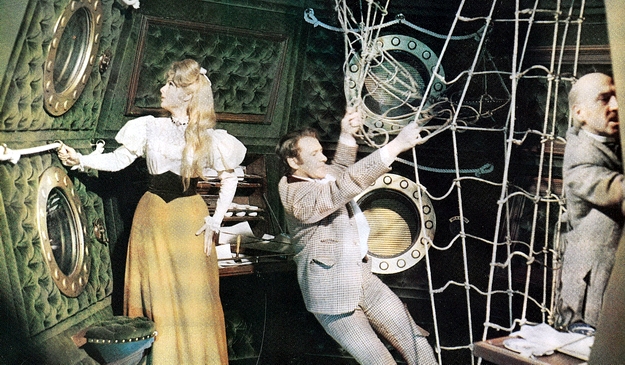
Using Ray Harryhausen’s classic Dynamation, producer Charles H. Schneer added a Wells classic to a spectacular filmography; consisting of enjoyable classics like 7th Voyage of Sinbad and Jason and the Argonauts. Unfortunately, Schneer’s production of Wells’ 1901 novel of space exploration is a comparatively dissatisfying affair.
Lionel Jefferies stars as Cavor – an eccentric scientist who creates an anti-gravitational substance allowing him to catapult to the moon, where deep below the lunar surface, he and two companions discover horrific, insect-like creatures known as Selenites.
Quite refreshingly, the film establishes a humorous and playful tone unfound in most other Wells adaptions. It allows for an odd gag and some general light-heartedness throughout, induced by the intelligent yet rather buffoonish Cavor. This liveliness is reflected in the films bright and lavish production design. It uses Technicolor to its advantage and employs extravagant and colourful props and set pieces, while Harryhausen compliments them with his endlessly charming and imaginative creations; this time including a flying metallic sphere, the giant moon cows and of course, the Selenites themselves.
Despite being superficially pleasing, the story indulges far too much in its setup, with the first truly exciting moment clocking in at the 40-minute mark. This particularly slow first act then builds to an uneventful middle and a consequently suspense-less climax. Additionally, the film lacks the conflict and intensity it might have gained with a more intimidating threat.
The Selenites, who the film expects us to believe as malevolent monsters, are regretfully never explicitly depicted as such, nor or our heroes (with the minor exception of Cavor) demonstrated as exceedingly likeable or thoughtful. Incidentally, Edward Judd’s protagonist, Bedford, will likely confuse and/or infuriate you by frequently making ill informed, hasty and dangerous decisions regarding the Selenites.
While certainly inferior to previous Harryhausen/Schneer ventures, as well as similar films like Destination Moon, First Men is at best lightly enjoyable. By managing to capture yet a smidgen of the wonder and eccentricity displayed in one of Wells’ more fantasy-oriented stories, it nonetheless serves as decent Sunday afternoon escapism.
8. The Man Who Could Work Miracles (1936)
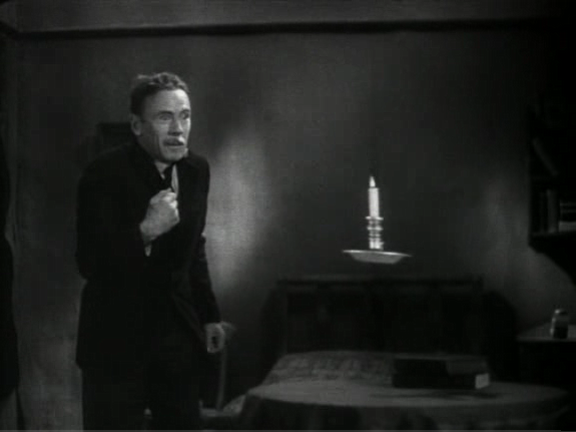
The second and final Wells screenplay produced by Alexander Korda (the first being Things to Come), The Man Who Could Work Miracles is based on his 1898 short story. After mysterious celestial beings debate the morals of mortal men, they speculate on whether he can utilize total power to its advantage. They test out their theories on the innocent and respectable Mr. Fotheringay, who one day is quite shocked to discover that he can suddenly perform incredible wonders, one might say miracles.
Fotheringay is portrayed by Roland Young, who graces the film with a certain timid charm and vulnerability, initially using his power for menial matters like magic tricks and impressing women. His deeds add to an underlining comedic tone throughout the picture, proving that Wells himself was indeed capable of some occasional quirky humor; as when Fotheringay materializes tigers to scare people, or inadvertently transports a policeman to hell. It is then all the more unsettling when this humor lifts, and Fotheringay inevitably becomes drunk on power, forcing the various powers of the world to run things in “my way”.
The film’s stronger points reside in the first and last acts of the picture, with Fotheringay discovering and then abusing his power. Between that however, the film briefly loses its way, as he goes through a philosophical crisis while he and other characters suggest how the power should properly be used.
After viewing this mostly forgotten film eclipsed by Wells’ other work, people will surely raise an eyebrow at modern films like Bruce Almighty or Absolutely Anything, which both possess similar ideas and themes. There is even an identical scene to Almighty, where the protagonist learns he cannot tamper with a person’s free will, yet still tries to make a woman love him. But like Things to Come, its messages also regard the usual Wells staples of war and class structure, nicely echoing the worldly affairs of the turbulent late 1930s, specifically its critical undertones of fascism and communism.
7. The Island of Lost Souls (1932)

Ironically, one of the looser takes on Wells’ The Island of Doctor Moreau is unquestionably the most popular and respected interpretation. Famed British actor Charles Laughton lends the infamous Moreau a suitably formidable and sinister presence; and as the shipwrecked Parker arrives on his mysterious island, he is in danger of becoming subject to Moreau’s bizarre and insidious experiments, suspiciously involving both men and beasts.
Very fortunately, the film is able to maintain a fittingly dark tone, aided in part by its atmosphere and grisly elements. Its release fortunately pre-dated the strict Production Code censorship, and so is appropriately morbid where necessary. We are witness to Moreau’s hideous animal-men, horrifying screams echoing from the House of Pain and Moreau’s surprisingly grim surgical comeuppance.
Additionally, like Todd Browning’s Dracula, the mood of the film benefits from long, drawn out instances of total silence. Though sparse incidental music was not uncommon in the early talkies, Lost Souls is a prime example of how silence can be extremely beneficial in horror films.
As it is a skeletal version of the novel, taking some serious liberties with the text while lacking momentum in its latter half, the film is unlikely to wow either modern audiences or Wells enthusiasts. Their disinterest is no loss however, as Lost Souls’ real appeal aims at genuine film lovers.
It is highly emblematic of early-30s cinema, encapsulating some of the trending actors, themes and styles of the time. Its focus on the macabre for example, seemingly owes much to its contemporaries. The mad scientist aspect to Dr. Moreau, as well as his delusions of Godhood, could easily be likened with Colin Clive’s Henry Frankenstein. The presence of Bela Lugosi and Leila Hyams also, will likely remind audiences of fellow morbid classics like Dracula and Freaks.
Furthermore, the more discerning viewer may notice the film’s visual influence on later famous productions; the slow approach to the fog-engulfed land of Dr. Moreau strikes a remarkable resemblance to the introduction of Skull Island, seen in the RKO classic King Kong. This indicates an immediate influence that Lost Souls had on cinema, and its subsequent legacy has since cemented it as a cult classic.
6. War of the Worlds (2005)
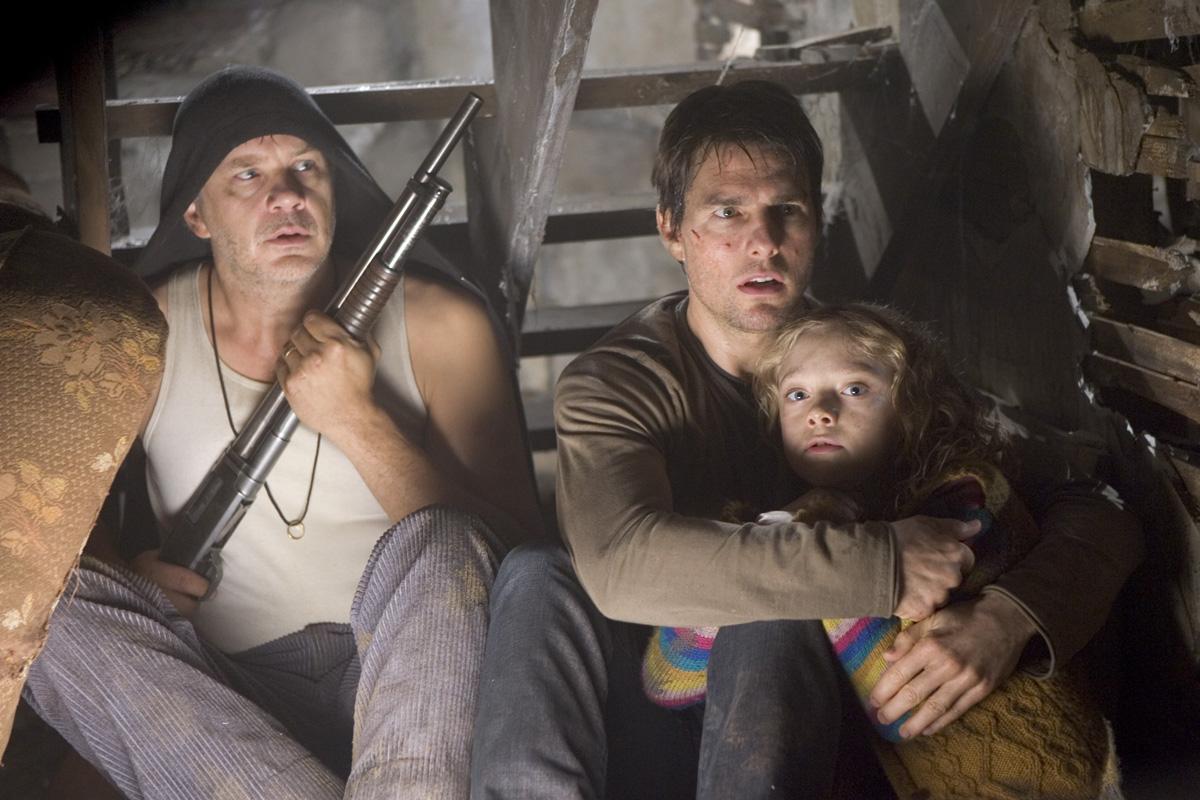
Fairly considered as a middle-tier Spielberg venture, War of the Worlds is still an intriguing, if flawed, accomplishment. From a narrative perspective, the film is somewhat similar to the novel, adapting a comparatively narrow point-of-view.
Where more generic invasion films like Independence Day depict the disaster on a worldly scale – throwing scientists, soldiers and politicians into the mix – War of the Worlds obscures such viewpoints and centralizes on three innocent civilians. Namely, Tom Cruise as everyman dockworker Ray Ferrier, who tries to protect his estranged children from a sudden bombardment of deathly alien tripods.
As one would typically expect from Spielberg and DOP Janusz Kaminski, the film is technically very well executed, consisting of first-rate cinematography, realistic effects, as well as striking and even disturbing visuals. Images of corpses flowing across an idyllic stream; flaming carriages of a speeding train; and menacing vistas of red weed; amount to a nicely brooding tone (aided by John Williams’ subtle yet ominous score).
In what is arguably the best scene, (the movie’s equivalent to the “Horsall Common” sequence) we are introduced to the giant, majestic tripod. Tonally, the scene perfectly captures what H.G. had described in that particular chapter. The same initial curiosity and confusion is conveyed as the alien invader rises up, gradually revealing itself to a multitude of spectators, followed by their sheer terror and panic as the violent heat-ray inevitably strikes.
The tripods themselves, so far, are certainly the best live-action representation of what Wells had described: more fluid and graceful, and ditching the overly mechanical and clunky versions so frequently seen in the novel’s renderings.
Spielberg inserts his usual motif of dysfunctional family into what is, for the most part, a good contemporization of the general story. It suitably shifts gears from the respective themes of colonialism and nuclear war from the novel and 50s film, and highlights societies various strengths and fears in a post 9/11 world, delivered with appropriate bleakness and intensity.